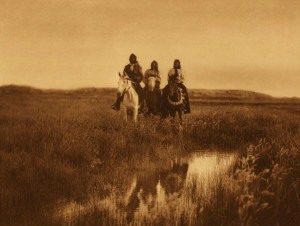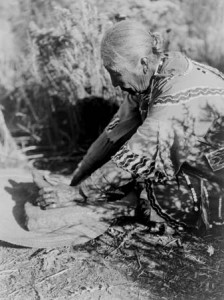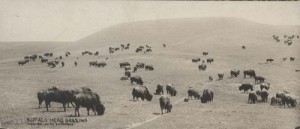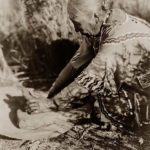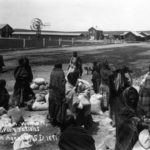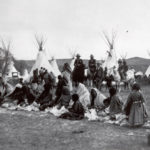Though food scarcity occurred naturally due to weather and other factors, Native Americans could generally recover from a poor season of hunting or farming. However, the “help” extended by the U.S.’s federal government actually put them into a downward spiral that affected their health for generations. Government interference began early in the relationship between native peoples and settlers, stemming to some extent from a difference in world view. Settlers expected to see the same extensive domestication of animals and extensive farming in the new land that they had experienced in Europe, and could not understand Native Americans’ different relationship with animals and nature. Settlers took the absence of widespread domestication and agriculture by native peoples as an indication that they were uncivilized. A surprising emphasis of early legislation by the newly formed U.S. dealt with this issue of civilization.
The new Congress’s first trade and intercourse Act (March 1, 1793) said this: “. . . in order to promote civilization among the friendly Indian tribes, and to secure the continuance of their friendship, it shall and may be lawful . . . to cause them to be furnished with useful domestic animals and implements of husbandry.”
These seemingly friendly words and seemingly friendly intention started a cascade of events that left Indian nations destitute of land and poorly nourished. My next couple of posts will concentrate on these issues.
______________________________________________________________________________________
